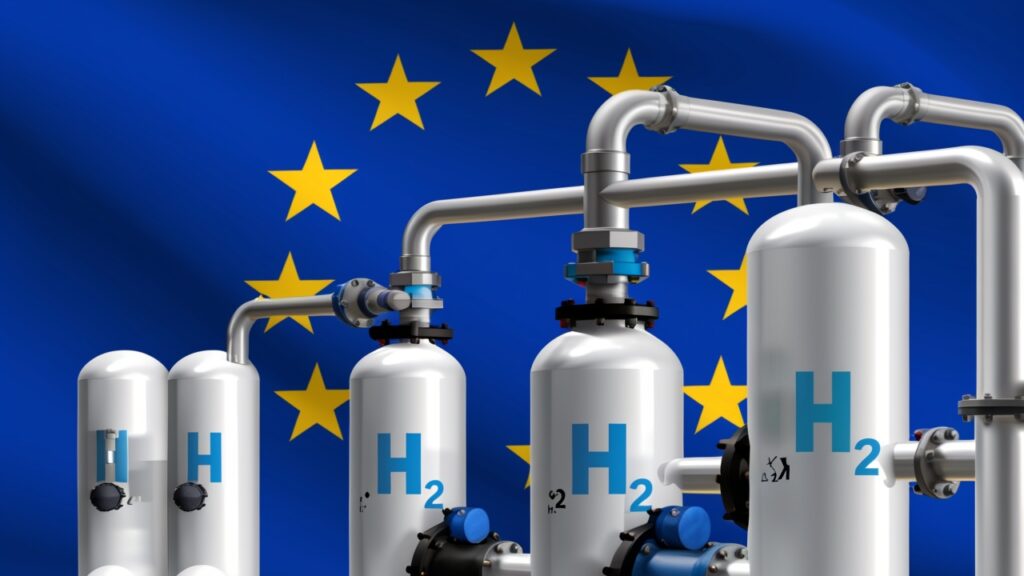Eusew’s digital ambassador, Dr. Thomas Hillig, explores how the potential of hydrogen production has shifted to an ambitious and realistic approach.
In recent years, hydrogen has captivated the imagination of the energy sector and has attracted a lot of attention from governments, businesses and the media. The hype around hydrogen appeared to promise a transformative change in the global energy environment. Many ambitious projects have been announced, and large-scale hydrogen production plans at the Gigawatt (GW) scale have been planned.
But like many technical promises, the initial momentum has waned somewhat. Today, the hydrogen story is not about large-scale ambitions, but about practical realism.
Reduce your ambitions, but move forward
The focus has shifted to smaller projects, typically in the 2-20 MW range, especially in Europe. These projects are important advances, but their impact on mass decarbonization, particularly in the energy-intensive industrial sector, is limited.
At this early stage, hydrogen projects do not contribute significantly to achieving European decarbonization goals. In the case of short-term decarbonization, direct electrification is more cost-effective.
However, when hydrogen development begins, applications now mature at the end of the energy transition, if all the possibilities of direct electrification are exploited.
The government needs to support research and development (R&D) to reduce the costs of hydrogen production, improve the electrolysis process, and enhance hydrogen storage and transport.
Cooperation between governments, industry and research institutions is essential to unlocking the potential of hydrogen as a mainstream decarbonisation lever, from production to wide range of applications.
Secondary layer: Hydrogen as a position coefficient
Despite the scaling of some overly ambitious projects for large-scale hydrogen production, access to hydrogen, especially green hydrogen, appears to be increasingly recognized as site selection and decisions on business locations are important for building or expanding new operations.
This shift is driven by several factors, including pressure to reduce carbon footprint, to comply with tighter emissions regulations and to comply with safe access to future clean energy sources.
For example, industries with high energy demand, such as steel, chemicals and glass, are beginning to realize that long-term survival rates depend on their ability to access affordable green hydrogen.
As businesses work to reduce carbon footprint, hydrogen acts both as fuel and raw material, providing a route to decarbonised chemistry and industrial processes that are difficult to electrify.
The reality of hydrogen is beginning now
This is where local benefits arise. Companies located in regions with adequate access to green hydrogen are clearly competitive not only in terms of environmental qualifications but also in terms of cost.
As hydrogen production increases and economies of scale are realized, the costs of green hydrogen are expected to decrease. Establishing the region as a hub for hydrogen production and infrastructure development is a major position to attract hydrogen-dependent businesses as important inputs.
Conversely, regions that fail to invest in renewable energy and hydrogen infrastructure are at risk of losing investment and innovation, and may face non-industrial and business delocalization.
The time to act is now.
This commentary was compiled in collaboration with Europe’s Sustainable Energy Week (EUSEW) 2025. See ec.europa.eu/eusew.
Recommended links
Will you stop or go? Green Hydrogen Projects Industrial Clusters’ Hydrogen Key Key Growth Reality at the Future Crossroads of Green Hydrogen in Europe requires a coordinated strategy to ground green hydrogen expectations. Why is Europe so obsessed with green hydrogen?
About the Author
Dr. Thomas Hillig is the founder and managing director of Boutique Consultancy, founded in 2013, focusing on innovation in energy spaces such as hydrogen, microgrids, energy storage, energy management and e-mobility. For industrial companies, Thenerg develops the concept of energy and sustainability. It combines traditional energy and renewable energy experience with industry knowledge of consulting. TheNergy also advises investors and energy companies on CleanTech opportunities in a rapidly changing market. Hillig led several large due diligence processes, helped to expand numerous start-ups, and helped foreign companies enter major European markets.

Disclaimer: This article is a contribution from a partner. Unauthorized reproduction is prohibited.
Neither the European Commission nor is it liable for any use that may be made from the information in the article by anyone acting on the Commission. The only opinion expressed is the author and should not be considered representative of the official position of the European Commission.
Source link

